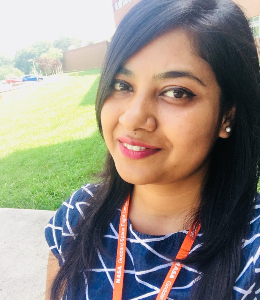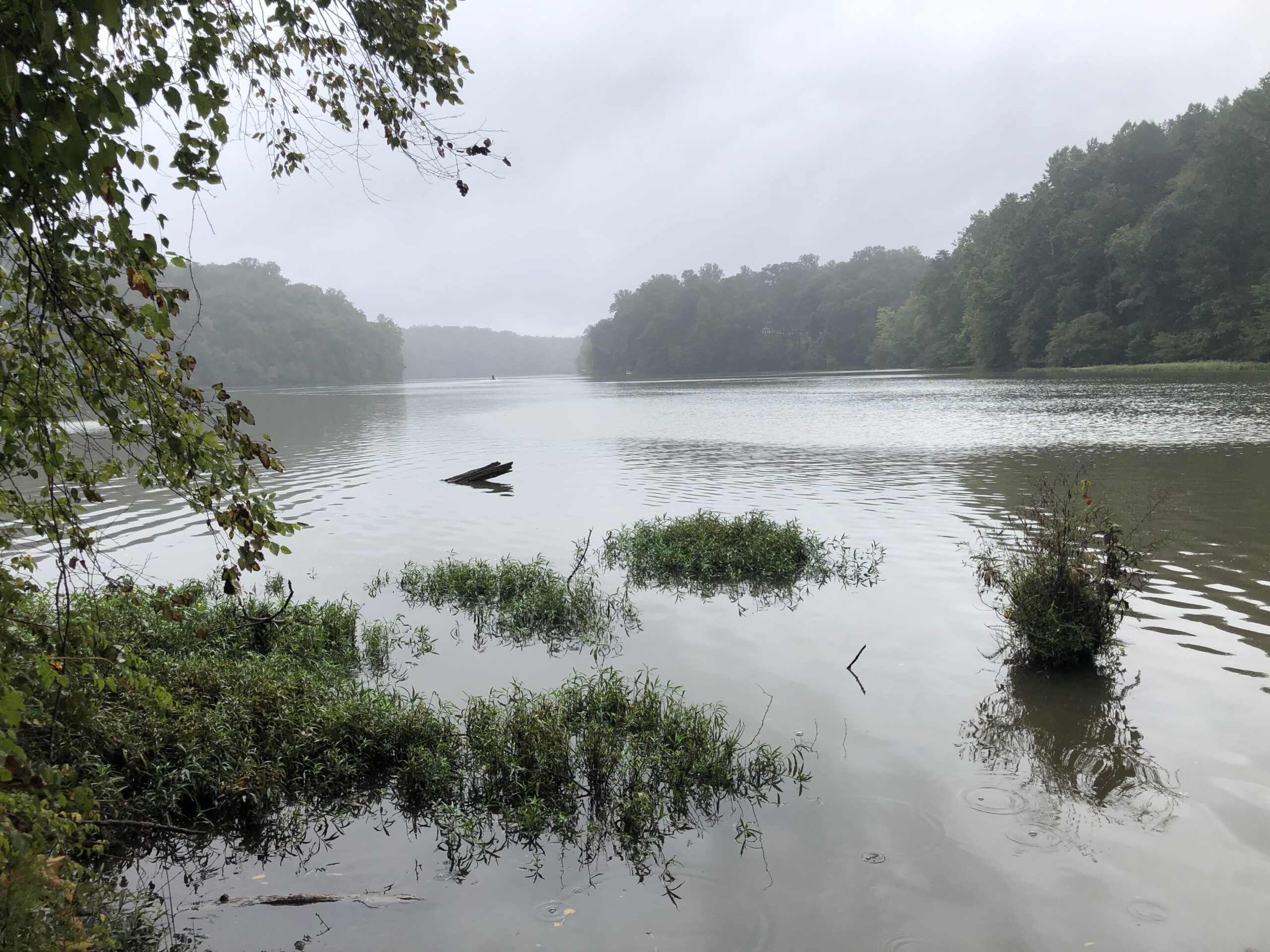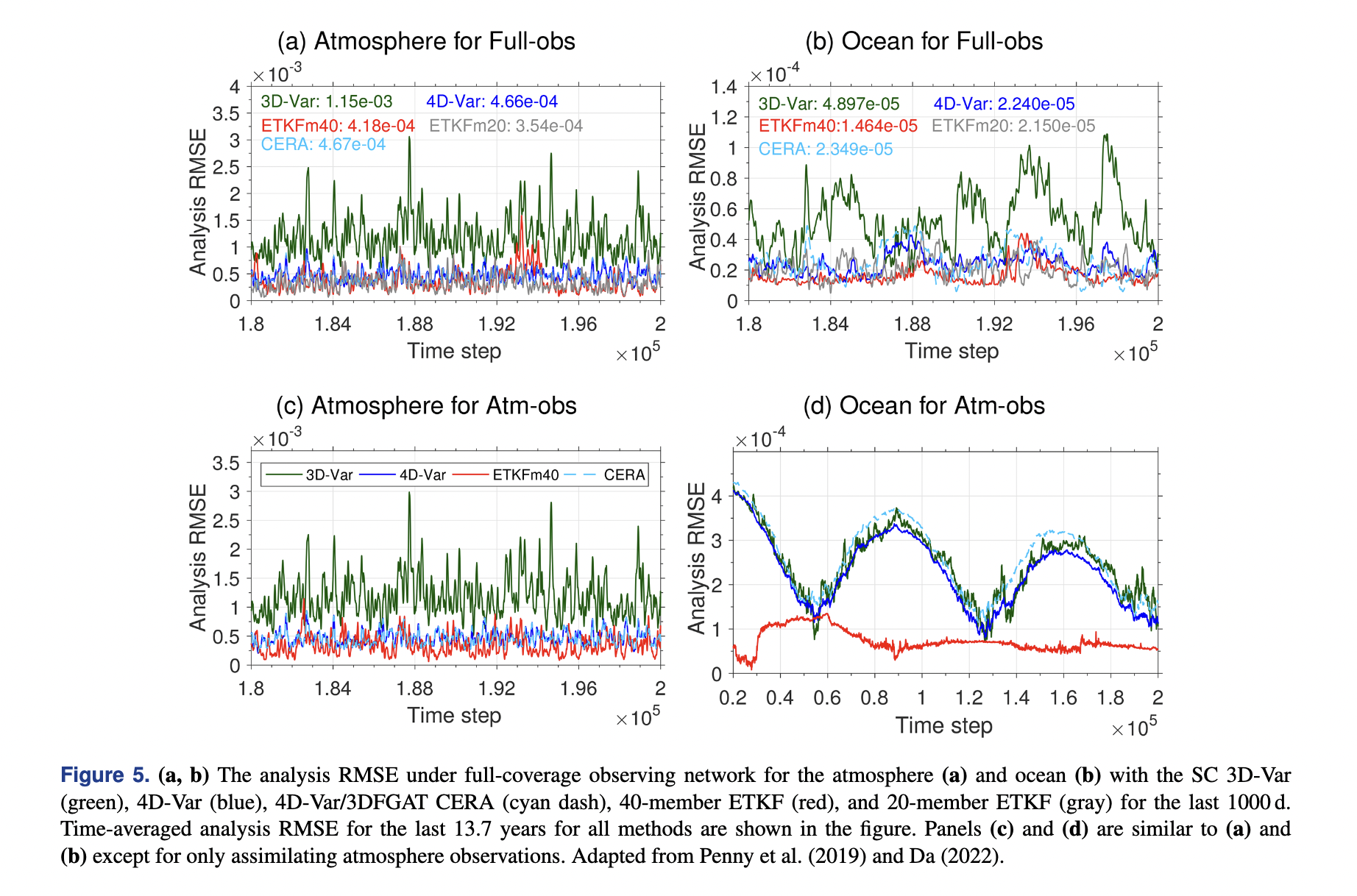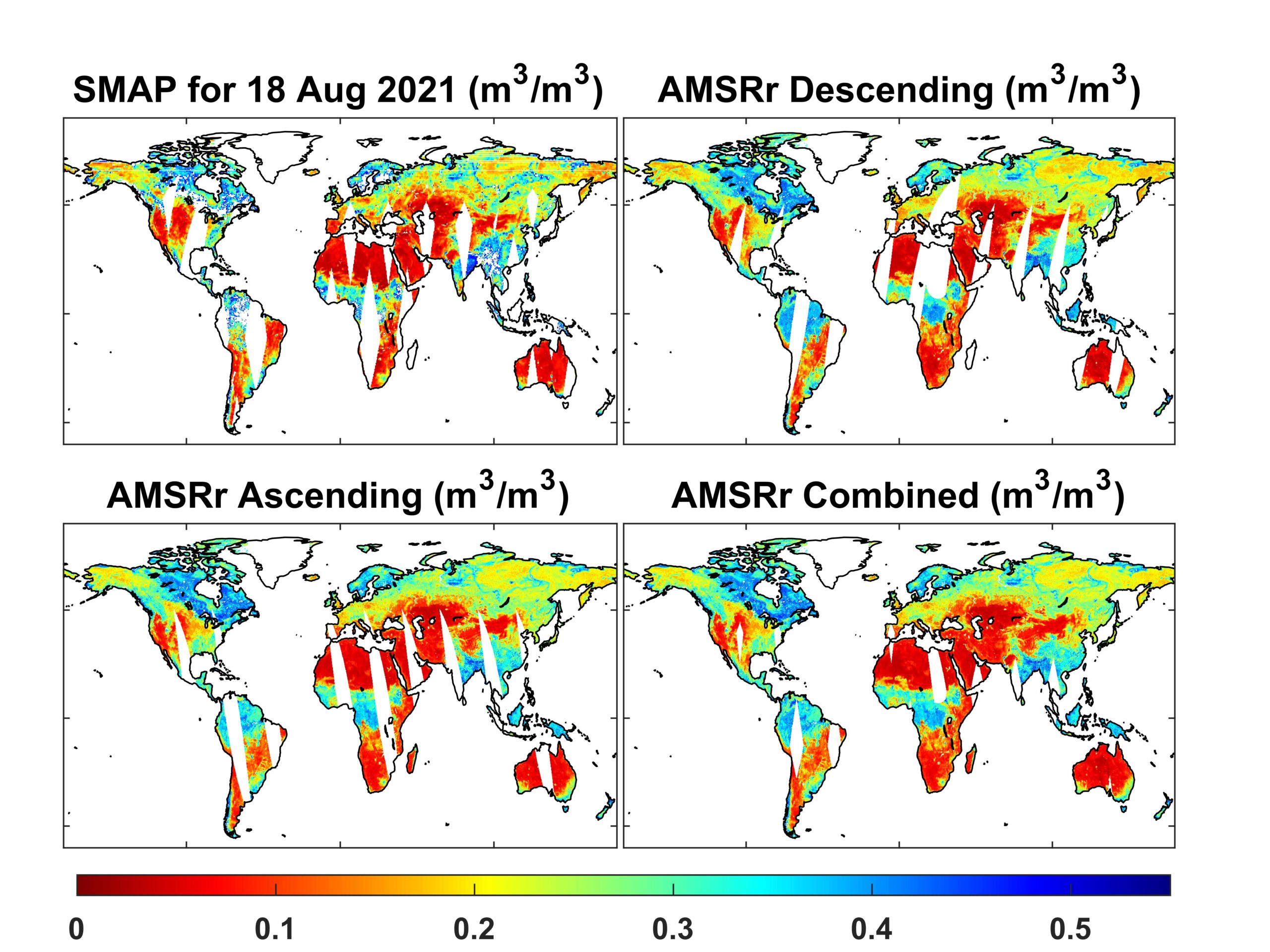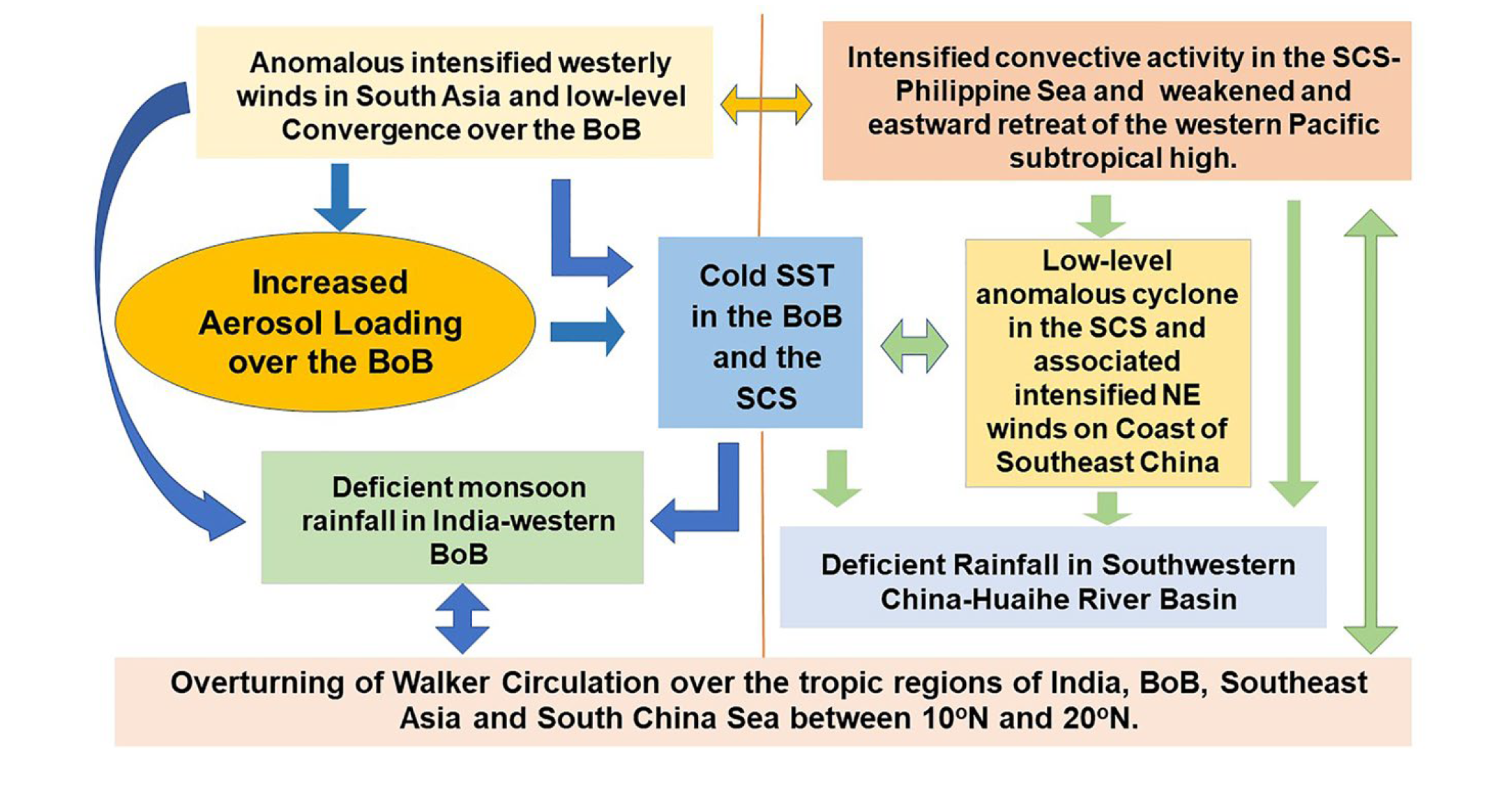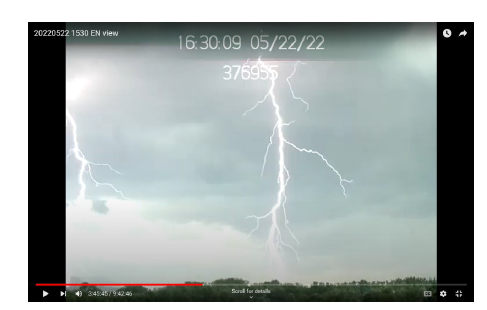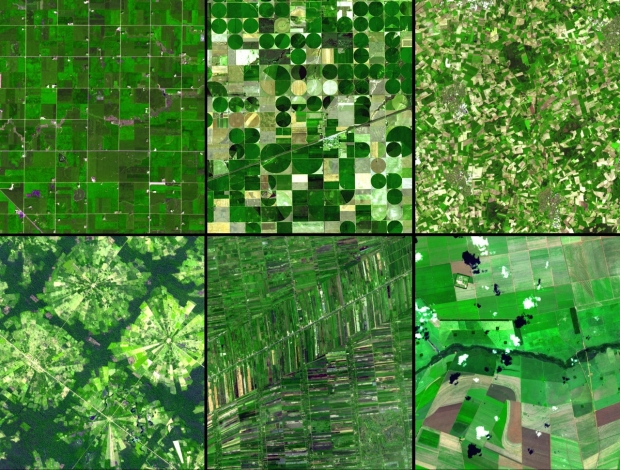
New Study Reveals Irrigation’s Mixed Effects Around the World
A new study by an international team of researchers shows how irrigation affects regional climates and environments around the world, illuminating how and where the practice is both untenable and beneficial.

